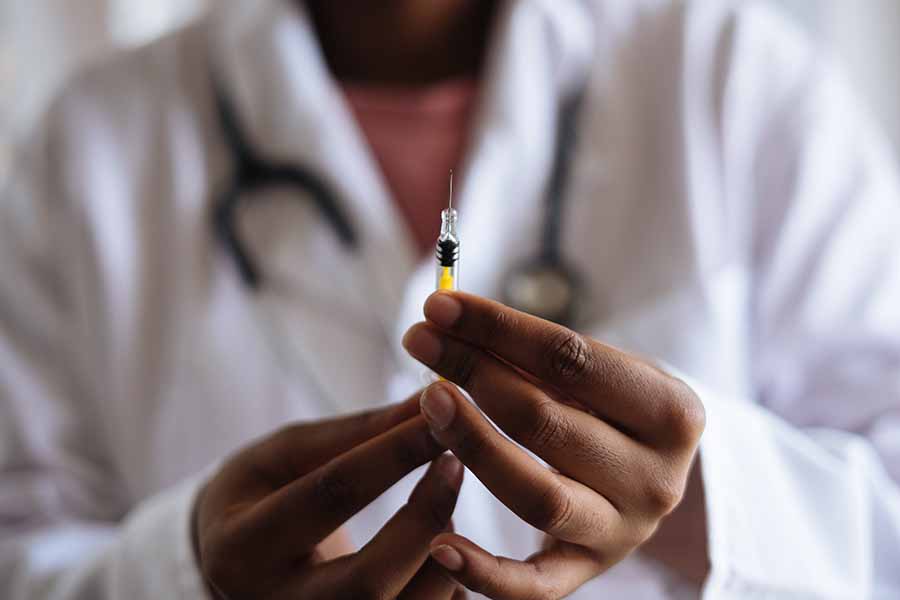
Imagine if hospitals could fly? Would they be safer for patients? Before you say to yourself, what a silly question. Please hear me out…

On March 10, 2019, Ethiopian Airlines’ Flight ET 302 (operated by Boeing 737 max) took off from Addis Ababa at 08:38 am local time for a routine 2-hour flight to Nairobi, Kenya. 6 minutes later, it took a fatal nose dive and crashed 30 miles to the southeast of the airport. It was an aviation industry catastrophe with all 157 people on board dying.
Five months before that accident, another airline (Lion Air) lost a similar airplane (737 max) in, yet, another mysterious crash. It took only 2 tragic events (5 months apart), for the aviation industry to have a swift response which resulted in all global 737 max fleet being grounded, and a major FAA investigation initiated, with the subsequent firing of Boeing’s CEO on December 2019.
Nevertheless, as tragic as those crashes were, the aviation industry’s safety track record (including Boeing’s) continues to be light years ahead, compared to the healthcare system’s safety industry and its culture.
Do you know unsafe care is one of the top 10 leading causes of death in healthcare systems (developed and developing countries) and that 83% of harm is avoidable? This is the equivalent of a 737 max crashing each week due to medical errors.

The question is: if the public would not tolerate two crashes, 5 months apart, why is it that many healthcare systems (in both developed & developing countries) are perfectly fine with the equivalent of 52 airplane crashes (or more) every year? How many more lives are we willing to lose before the healthcare industry learns its lessons and completely overhaulsits safety practices and culture?
The financial impact of unsafe care is huge. Nearly, 15 % of the health expenditure across the Organization of Economic Cooperative Development countries is attributed to patient safety failures each year. In the US alone, the economic cost of unsafe care has been estimated at $1 trillion, putting the global figure in the multitrillions.

Because of its implications on the sustainability of healthcare systems and the global economy, patient safety was introduced as a priority on the agenda of this year’s G20 summit.
In a time when more than half of the world’s population do not have access to Universal Health Coverage (UHC), it is very relevant to highlight the importance of patient safety, without which, neither meaningful nor sustainable UHC can be achieved by 2030, the year for Sustainable Development Goals (SDG). We must ensure that resources are spent on delivering safe care and not wasted on responding to harm.

So, to answer the question: can patient safety be better if hospitals could fly? Given how advanced the safety culture in the aviation industry is, I would have to answer: Absolutely yes!![]()
































